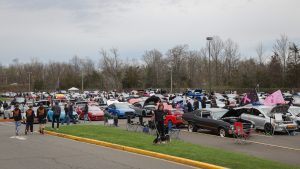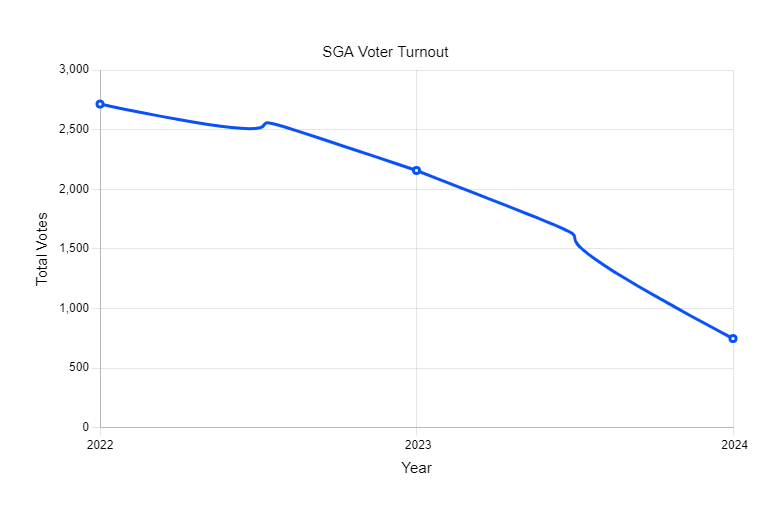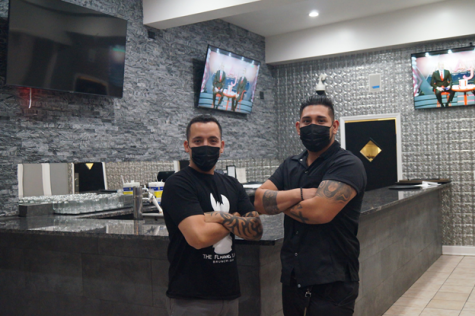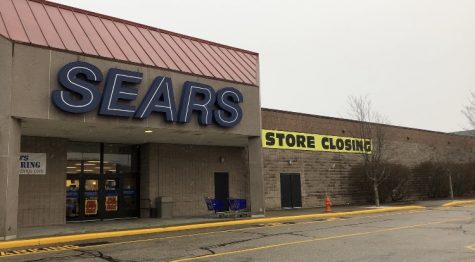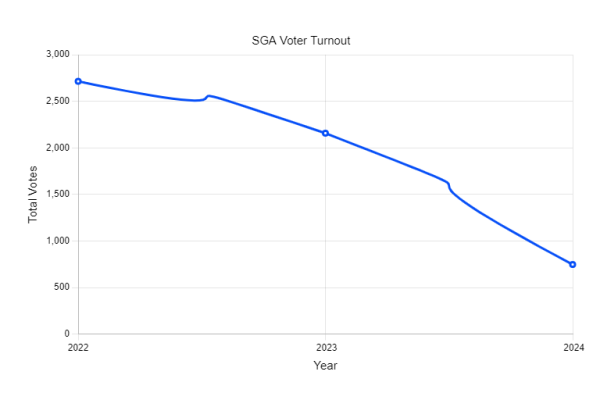Connecticut Businesses are Using Drones
February 1, 2022
David Szymanski, the owner of Westport LLC, Bluewater Home Builder, uses drones to sketch plans for house foundations.
“It is extremely helpful for space planning,” he said. “I shoot throughout the process as well, so I have a great view of everything.”
Connecticut businesses in construction, insurance, electricity, film, and news, use drones to capture high-definition videos and aerial images.
Szymanski said he takes multiple aerial videos and photos of the plot to construct a home and then creates a 3D image on another screen of what he wants the house to look like. He said this makes the process faster and more efficient.
Szymanski said he also uses drones with an infrared attachment to identify any cold air leaks in the house.
“Once we have built the house with the heating system in, we would use the infrared attachment and fly it around the house to find all the places where cold air is getting out,” he said.
Film producer and cinematographer Steven G. Smith, a professor at the University of Connecticut and a Pulitzer Prize-winning photojournalist, said drones have increased his efficiency and lowered his production cost. Smith said he would usually have to rent a helicopter or a plane to capture a shot covering a wide range of space from an aerial view.
Smith would spend $500 an hour to rent a helicopter to shoot a scene. However, he said drones are easy to transport and cost less.
Smith said drones have decreased the risk for photographers and extended where they can take aerial photograph views.
“It has extended our coverage and has definitely improved safety in many ways because it keeps the journalist and cinematographer out of harm’s way,” Smith said.
Elizabeth Hall, an engineer on Eversource of Hartford, said the energy company started using drones in 2013 for overhead inspections of transmission and distribution lines.
Hall said it had become a lot easier to do inspections with drones. The company would have to rent a helicopter and spend an excessive amount only to get an hour of footage with limited data, she said.
“They are a lot more efficient and less intrusive for neighbors,” Hall said. “We get much better graphics than helicopters did, which is very helpful to detect damage to any of our facilities, and therefore helping to prevent outages to our customers.”
Hall said that the drones deliver better data quality regarding needed repairs and have provided an overload of data and information for Eversource.
Hall said using drones has also created more jobs at Eversource rather than taking away jobs. Eversource has made a program to train pilots who go out and fly them, she said.
“It is kind of like closing one door and opening a whole bunch more,” Hall said. “For example, helicopters aren’t used as much anymore, but drones have opened up possibilities of using different drone attachments such as infrared, of doing any emergency response jobs, or construction. Drones have definitely opened doors for this company for future jobs.”
Patrick Gee, a senior vice president of auto, property, & catastrophe claims at Travelers in Hartford, said his company uses drones in the casualty claims processing of personal and commercial properties.
Gee said the drones are a critical tool for them. He said about half of the residential property claims have external damage. In addition, he said half of these properties have a steep roof. Gee said that without the drones, the company would have to hire an outside party to inspect steep roofs that were seriously damaged.
Gee said the drones have allowed them to evaluate the damage on the property from the ground in a very safe way, without coordinating with outside parties and making the workflow process faster.
“We can service our customer, and we can move the process more quickly without coordinating with an outside third party each time,” Gee said. “That really speeds up the process of the claim and allows us to get money in the hands of our customers so that they can start remediating the property much more quickly.”
Gee said using drones is a less expensive solution for the company and its customers. In addition, he said it means lower insurance prices for their customers as they are not operating outside parties anymore for a steep roof evaluation.
Patrick Sikes, a freelance photographer from Norwalk, sometimes does photojournalism for Connecticut newspapers. He said he started using drones in 2017, traveling to different places covering breaking news stories.
Sikes said he started his profession by just flying drones recreationally. Then he began to find himself more interested in developing more quality content for journalism, he said.
“It is another perspective you can’t get from the ground,” Sikes said.
Edward Graham, an executive producer and a drone cinematographer for Airborne Studios of Greenwich, uses drones to capture aerial shots of landscapes, people, or cities. Graham said drones are a brilliant idea that makes it easier for him to see things that the human eye can’t see.
One of the significant concerns of drones is people’s privacy. If drones are equipped with speakers capable of monitoring personal conversation equipped with facial recognition software or are not adequately regulated, they could invade privacy rights.
Sikes said as a photojournalist, and he is either trying to tell a story or tell some art with visual appeal. He said there is no benefit to him violating someone’s privacy to do that.
“My perspective is that what I do, anybody can do in a helicopter or airplane,” he said. “I am not flying to see in people’s windows. I’m either trying to get some specific content or gather information.”
Gee said privacy is not an issue as his company is examining damage to the properties. He said the customers always consent to fly the drones above their property.
“We get expressed approval from our customers, and I would say 98% of the time, they are fine and very enthusiastic for us to fly the drones,” Gee said. “It is very neat as we can show the customer the damages from those angles and almost in real-time.”
Graham said as technology continues to evolve, drones will become more reliable, safer, and cheaper. This will allow for mass adoption in the commercial industry, he said.
“A lot of people try to start small, buying a cheap drone. Also, technology is going to keep getting better,” Graham said. “Every year, they come out with a new and better model than the last. Improving the safety, noise, and the smoothness of flying will definitely be beneficial and helpful in the future.”


